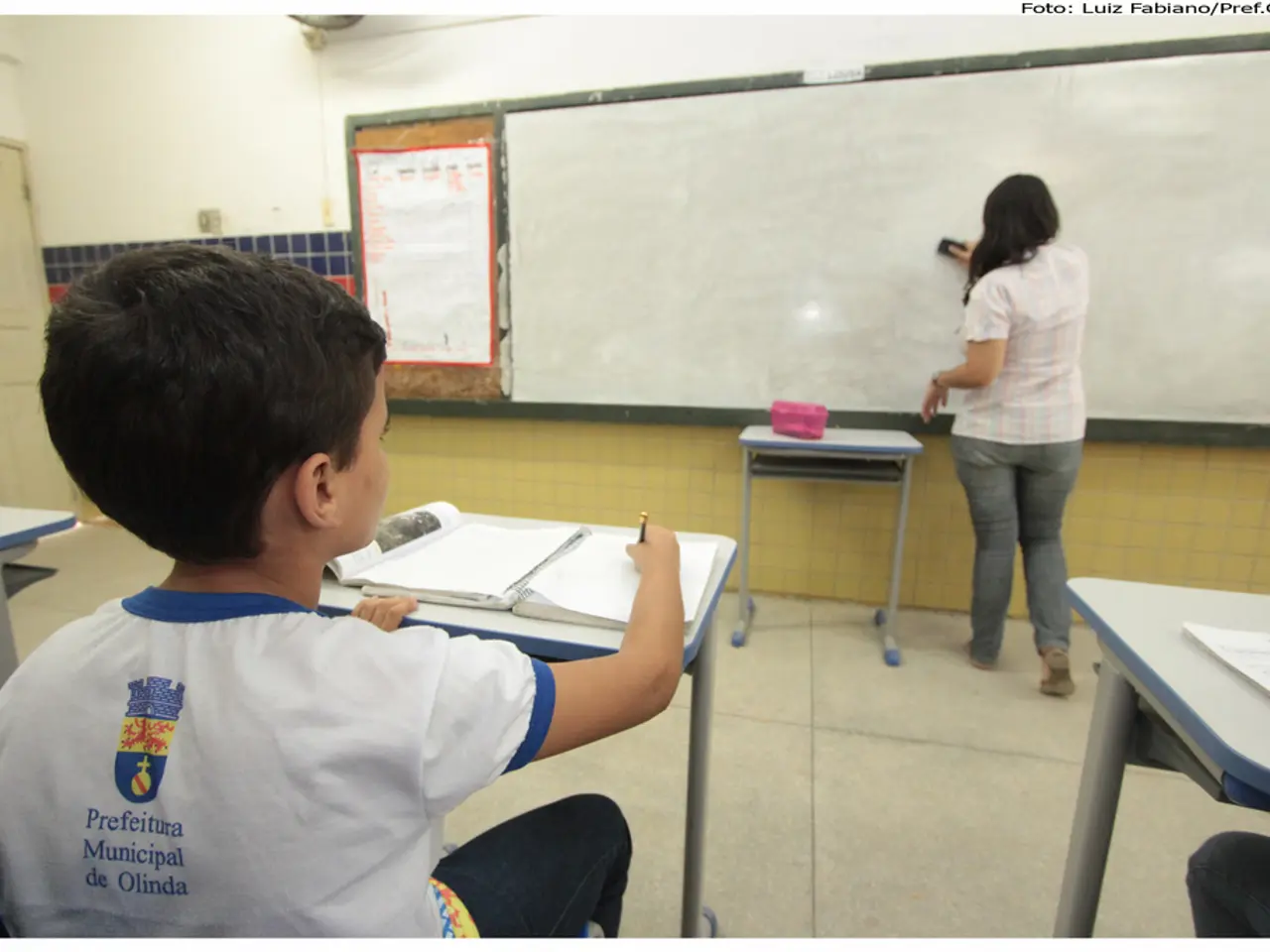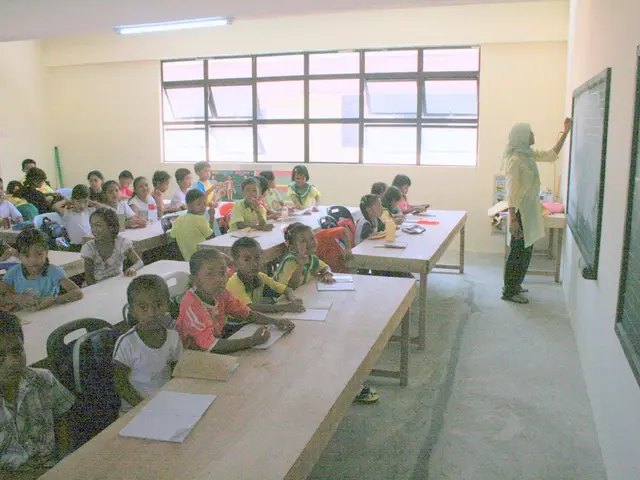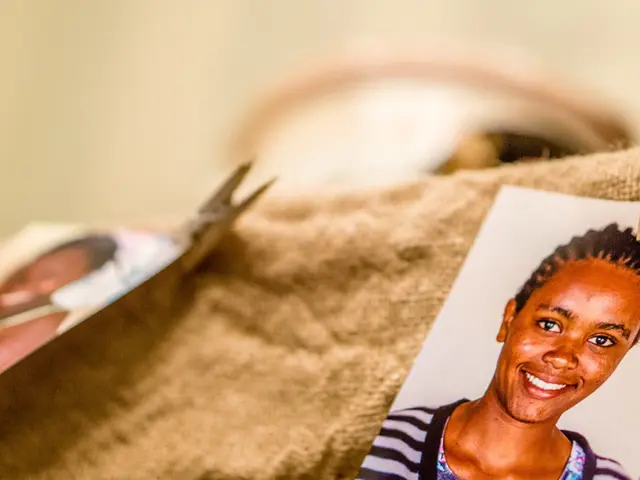Guiding Kids on Dispute Resolution
In the quest to nurture children into responsible, empathetic individuals, teaching them problem-solving skills and conflict resolution techniques is of paramount importance. These skills not only help children navigate challenges effectively but also foster emotional intelligence, empathy, and critical thinking - essential for lifelong success and healthy relationships.
Modeling caring behaviour towards all persons involved in a conflict can help children understand the importance of helping and caring for others. By demonstrating your own thought process out loud when facing a problem, children learn to approach challenges logically[1][3]. Encourage critical thinking by asking open-ended questions like "What else could you try?" or "Why do you think that happened?" This stimulates deeper thought and exploration of different solutions[1][3].
To teach children problem-solving skills and conflict resolution effectively, it is crucial to combine modeling, guided practice, and opportunities for real-life application. Break problems into smaller parts to make them less overwhelming, and encourage trial and error to build resilience and confidence[1]. Use games and activities such as puzzles, logic games, building sets, role-playing, and storytelling with challenges to improve reasoning, creativity, empathy, and perspective-taking[1][3].
In terms of conflict resolution, starting with emotional awareness is key. Help children recognise and name their emotions and those of others involved in a conflict. Teaching phrases like "I feel… because…" encourages calm, non-blaming communication[2]. Teach active listening, showing children how to listen attentively without interrupting, using eye contact or nodding to acknowledge the other person’s perspective. This fosters understanding and reduces tension[2][4].
Encourage expressing feelings calmly and respectfully to avoid escalation[2]. Problem-solve together by encouraging collaborative brainstorming of solutions to conflicts. Guide children to evaluate options and agree on how to resolve disagreements[2]. Model calm behaviour during conflicts to provide a positive example for children to emulate[2].
Consistent expectations and approaches at home and school reinforce these skills effectively[4]. Teach children to cooperate and resolve conflict requires teaching them problem-solving skills and generating socially acceptable alternatives. After a solution has been agreed upon, help the child think of other ways he or she can be a helper to that person and others[5].
When children have completed thinking of ideas and evaluating them, make a plan by restating the problem, summarising the ideas, and letting them decide which idea they will try[6]. When children are upset, finding out the details of a situation often helps them calm down and answer questions calmly and non-judgmentally[7]. When two children have a conflict, helping them define the problem in terms of what both children want to happen can help them understand that the needs of both are important[8].
Adults should resist judging the ideas of children and instead encourage them to evaluate ideas themselves and understand why they are unacceptable. To negotiate fair solutions, children need to know how others feel[9]. Parents may be tempted to just tell a child what to do, but this does not allow children to learn problem-solving skills[10]. If children choose an alternative you think will not work, be sure they know what they should do next[10].
By teaching children these skills, we equip them with the tools they need to handle conflicts peacefully and think independently. Being honest is a strength of character and leads to friendships and benefits in the long-term[11]. The process of teaching problem-solving allows children to gain the experience of thinking of what to do for themselves[12]. A child's ability to get what he or she wants in an acceptable manner is directly related to the number of solutions or alternatives the child can think of[13]. When evaluating solutions, it's important to consider the consequences and ask questions like "What might happen if you ...?" or "How might Matt feel if you ...?"[14].
Encouraging children to apologise for hurts can help them understand their role in a conflict and how others feel[15]. Teaching children to express themselves using "I-messages" and reflective listening can help them share feelings and understand others' feelings, leading to better solutions[16].
In conclusion, by teaching children problem-solving skills and conflict resolution techniques, we are not only helping them navigate challenges but also fostering emotional intelligence, empathy, and critical thinking - skills essential for lifelong success and healthy relationships.
Encourage self-development and personal growth by expanding education beyond academics to include problem-solving skills and conflict resolution techniques, essential for addressing challenges effectively and fostering emotional intelligence, empathy, and critical thinking. To instill these skills in children, combine modeling, guided practice, and real-life application, breaking problems into manageable parts, encouraging trial and error, and utilizing games and activities to stimulate reasoning, creativity, empathy, and perspective-taking.




